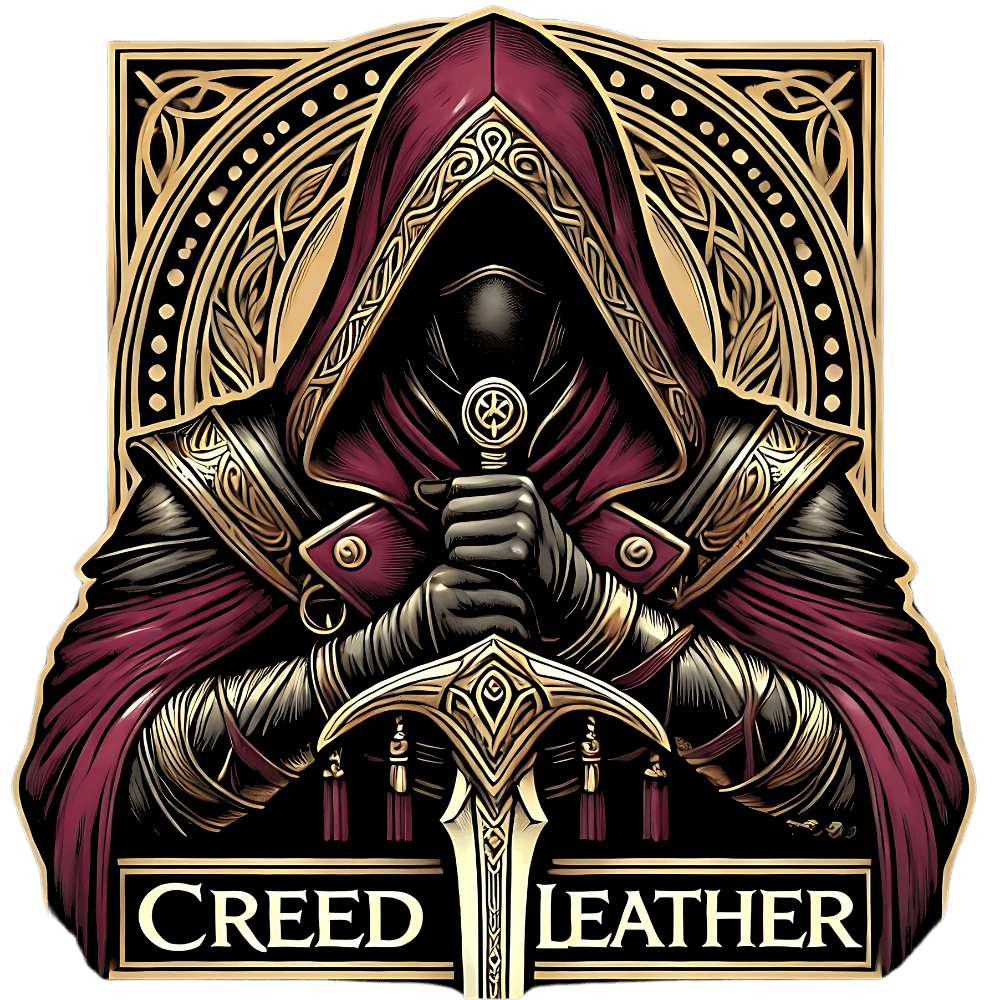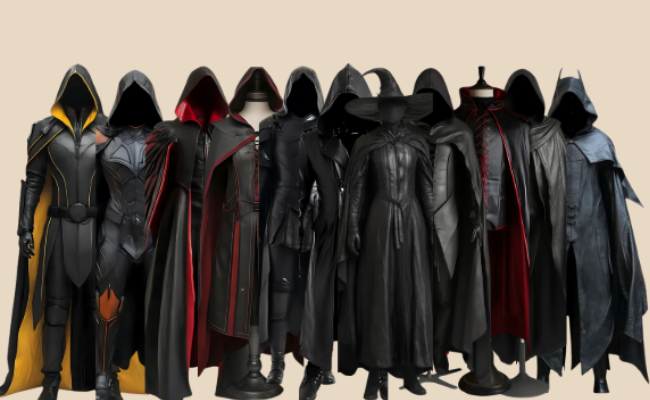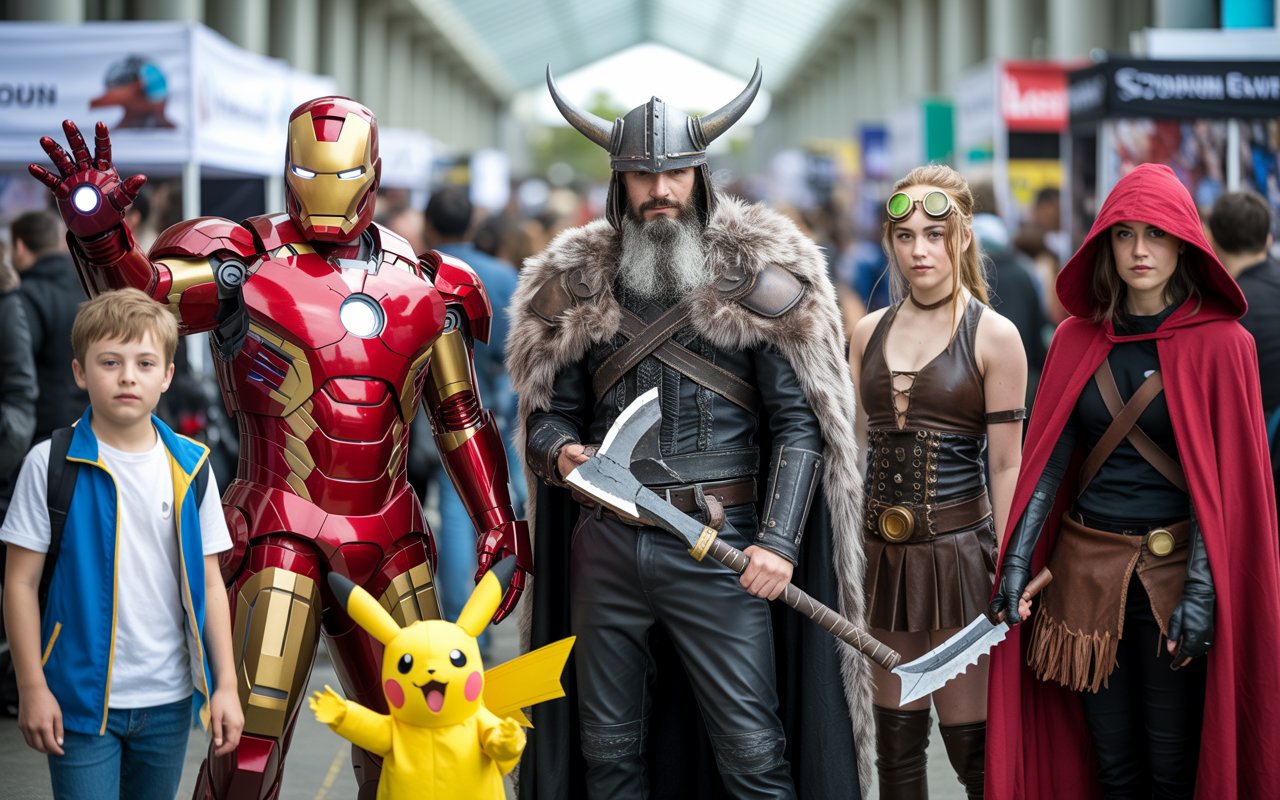Best Renaissance Festival Costume Ideas for Every Role and Era

The Renaissance period, stretching roughly from the 14th to the 17th century, was a rich tapestry of culture, fashion, and evolving identities. Attending a Renaissance festival today offers an opportunity to step back into that diverse historical epoch and embody the roles, professions, and traditions of the time. Whether you're portraying a noble from the Tudor court, a traveling bard, a fierce Viking warrior, or a humble peasant, every costume tells a story rooted in history.
This guide explores the best Renaissance costume ideas for a variety of roles and eras within the broader Renaissance period. Each section focuses on the historical background of the role, typical garments worn, and the regional influences that shaped their appearance.
1. Nobility and Courtly Figures
Historical Background
Members of the upper class during the Renaissance—particularly in England, France, and Italy—represented wealth, power, and influence. Their garments reflected their social status and were often regulated by sumptuary laws.
Typical Costume Elements
-
Doublets and Jerkin: Men wore structured doublets, often padded, and ornate jerkins. Sleeves were detachable and richly embroidered.
-
Gowns and Kirtles: Women wore long, layered gowns with tight bodices and wide skirts supported by farthingales.
-
Accessories: Ruffs, jeweled belts, and elaborate headgear such as French hoods or gable hoods.
Color and Fabric
Silks, velvets, and brocades in deep colors like burgundy, sapphire, and forest green were favored. Gold and silver embroidery indicated high status.
2. Peasants and Common Folk
Historical Background
Peasants made up the majority of the population and were often agricultural workers or tradespeople. Their clothing was functional and practical, but still varied by region.
Typical Costume Elements
-
Simple Tunics and Aprons: Men wore woolen tunics with hose or breeches. Women often wore aprons over linen dresses.
-
Wool Cloaks: For warmth and protection from the elements.
-
Headwear: Coifs, flat caps, and kerchiefs were common.
Materials and Palette
Natural dyes produced earth tones like beige, russet, and grey. Wool and linen were the most accessible fabrics.
3. Knights and Soldiers
Historical Background
Military figures in the Renaissance ranged from armored knights to mercenary soldiers, often hired by city-states or kingdoms for specific campaigns.
Typical Costume Elements
-
Chainmail and Plate Armor: Full plate armor was prominent by the late Middle Ages and early Renaissance.
-
Tabards and Surcoats: Decorated with coats of arms, often worn over armor.
-
Weapons: Swords, halberds, and shields were standard.
Accessories
Helmet types ranged from bascinets to visored sallets, depending on the era. Belts, gloves, and arm guards added both style and function.
4. Merchants and Tradespeople
Historical Background
As cities grew, the merchant class became increasingly influential. They often displayed modest prosperity through well-made clothing and imported fabrics.
Typical Costume Elements
-
Doublets with Slashed Sleeves: A fashion influenced by German and Italian styles.
-
Layered Skirts and Bodices: Women in trade might wear slightly more fashionable clothing than peasants, often in muted colors.
-
Utility Accessories: Pouches, tools, and ledgers were often carried on the belt.
5. Scholars and Alchemists
Historical Background
This period saw the rise of humanist scholars, natural philosophers, and alchemists who studied ancient texts and explored new scientific ideas.
Typical Costume Elements
-
Long Robes and Gowns: Often dark-colored and simple, reflecting a contemplative life.
-
Capes and Mantles: Added warmth and dignity.
-
Headwear: Scholars often wore caps or berets.
Props
Books, scrolls, and rudimentary instruments (like astrolabes or alembics) enhanced the authenticity of this role.
6. Bards, Minstrels, and Troubadours

Historical Background
Traveling musicians and poets were both entertainers and chroniclers of their age, moving from court to countryside.
Typical Costume Elements
-
Colorful Tunics and Hose: Brightly patterned garments to attract attention.
-
Musical Instruments: Lutes, flutes, or harps were essential accessories.
-
Capes and Cloaks: Useful for travel and dramatic flair.
Additional Touches
Adding a feathered cap or a belt of jingling bells can evoke the merrymaking spirit of the time.
7. Gypsies and Travelers
Historical Background
While often romanticized, these groups were part of the traveling communities with rich cultural traditions in music, fortune-telling, and craftsmanship.
Typical Costume Elements
-
Layered Skirts and Sashes: Brightly colored and adorned with trinkets.
-
Loose Shirts and Vests: Often made from lightweight, flowing fabric.
-
Headscarves and Coin Belts: Added a distinctive flair.
8. Vikings and Norse Tribes
Historical Background of Viking Clothing
Vikings, active between the 8th and 11th centuries, were seafarers, traders, and warriors from Scandinavia. Though they predate the Renaissance, their presence is popular at festivals due to their iconic style and cultural impact.
For a more detailed guide on Norse warrior attire, see our full breakdown here: Viking Costume Guide to Dressing Like a Norse Warrior.
Typical Viking Costume Elements
-
Tunic and Trousers: Vikings wore wool or linen tunics over trousers, often secured with a leather belt. Tunics were knee-length, and trousers were typically narrow at the ankles.
-
Cloaks and Fur Layers: For colder regions, Viking costumes included woolen cloaks and fur-lined garments.
-
Accessories: Norse belts, leather pouches, and brooches added authenticity. Jewelry often featured runes or animal motifs.
-
Footwear: Simple leather shoes or boots were the norm.
-
Headgear: While Viking helmets are iconic, historical versions had no horns. Simple iron helmets or leather caps were more accurate.
-
Weapons (for costume use): Wooden or foam replicas of axes, swords, and round shields complete the look.
9. Witches, Herbalists, and Mystics
Historical Background
Figures on the fringes of society, these roles tap into folklore and the mystical side of Renaissance life. Women who practiced herbalism or healing were often misunderstood.
Typical Costume Elements
-
Dark, Layered Garments: Long skirts and flowing cloaks.
-
Amulets and Talismans: Herbs tied in pouches, necklaces with symbolic charms.
-
Props: Mortar and pestle, potion bottles, or divination tools like bones or runes.
10. Pirates and Privateers
Historical Background
Seafaring characters were common during the late Renaissance as exploration and trade expanded. Privateers were essentially legal pirates, operating under royal commissions.
Typical Costume Elements
-
Striped Pants and Billowy Shirts: Practical for life at sea.
-
Long Coats and Waistcoats: Often worn with a wide belt or sash.
-
Accessories: Eye patches, maps, daggers, and compasses.
Bringing It All Together: Building a Cohesive Ensemble
A successful Renaissance costume balances historical accuracy with personal flair. Here are a few final considerations to help create a compelling look:
-
Footwear: Avoid modern shoes. Look for leather boots or sandals appropriate to the role and region.
-
Hairstyles and Wigs: Braids, curls, and covered heads were common. Hair often denoted class and profession.
-
Layering: Clothing during this period was layered for both fashion and function. Consider how chemises, overdresses, cloaks, and accessories interact.
Final Thoughts
Renaissance festivals are immersive events where costume plays a crucial role in the overall experience. Understanding the nuances of each role—from peasants to nobility, scholars to warriors—adds depth to your portrayal and enhances your enjoyment of the event. Whether you’re stepping into a character from the English Tudor court, an Italian city-state, or the Norse lands of Scandinavia, every era and occupation offers a unique window into the past.
For more inspiration on styles and roles you can play at Renaissance fairs, be sure to check out our comprehensive guide on Renaissance Fair Costumes Ideas for Every Style & Role. This post complements that one by focusing more specifically on the best costume ideas tailored to different roles and eras throughout the Renaissance.
By choosing a role aligned with your interests and researching its historical background, you’ll not only look the part—you’ll embody it.
Further Reading
-
How to Build a Leather Cosplay Outfit Step by Step – A step-by-step tutorial to help you design and build your own leather costume for Renaissance festivals or cosplay events.



